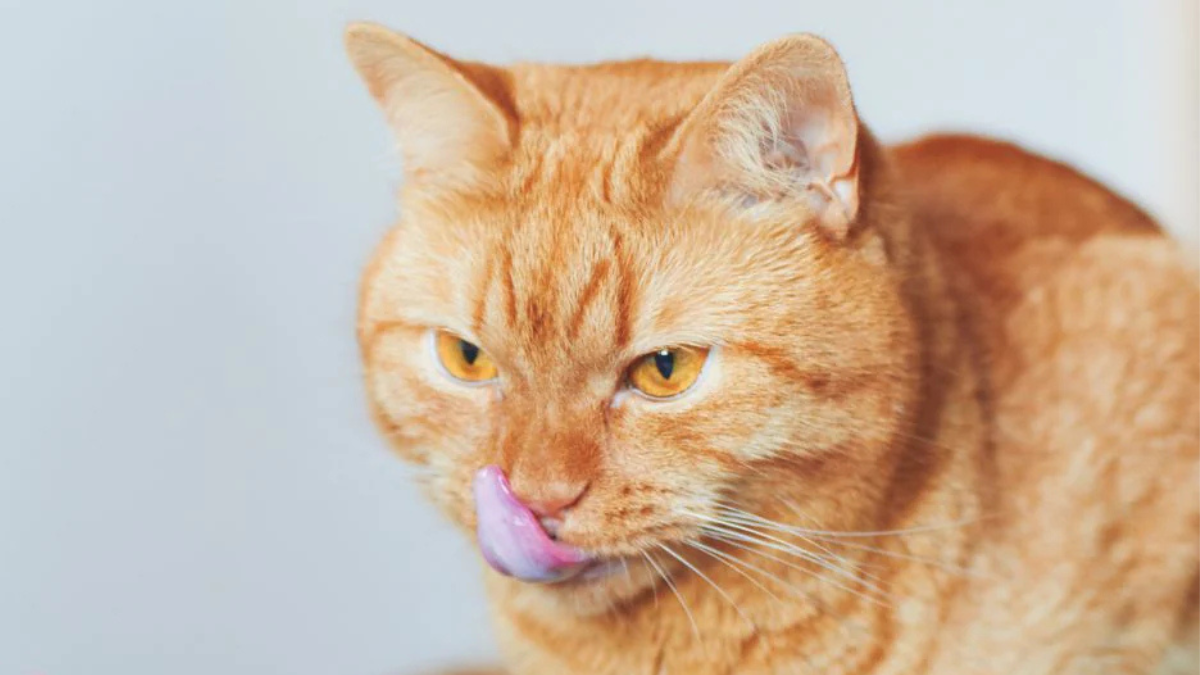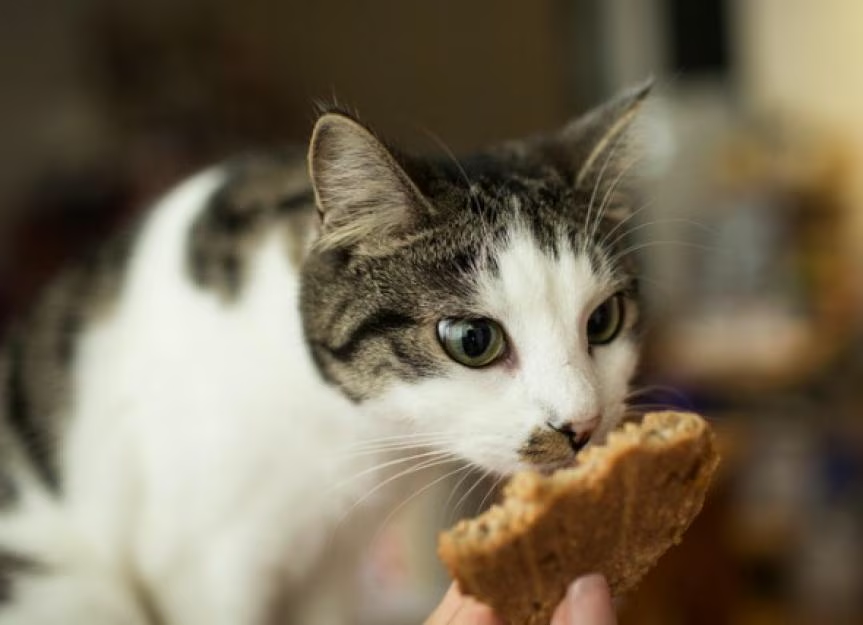📖 Table of Content:
When it comes to the wide array of flavors we humans experience, we can savor everything from savory to sweet, sour to bitter. Yet, for our feline companions, there’s one flavor that’s notably absent from their palate: sweetness.
While most mammals, including humans, can detect sweet tastes, cats stand apart in that they cannot taste sugar or anything sweet at all. This curious dietary quirk is tied to their evolutionary history and biology. But why is it that cats, who are obligate carnivores, lack the ability to taste sweetness?
Evolution and Biology of Taste in Cats
Cats are obligate carnivores, which means their diet is almost exclusively made up of meat. Unlike omnivores (like humans) or herbivores (like cows), cats don’t need a variety of food sources to survive. Their bodies have adapted to thrive on a meat-based diet that supplies all the essential nutrients they need. Over time, their sense of taste has evolved to prioritize the flavors most relevant to their survival, namely amino acids and proteins found in meat.
Humans and many other animals can taste sweetness, which is thought to be an evolutionary advantage for omnivores and herbivores. Sweet flavors are usually an indicator of high-energy foods like fruits, which are beneficial for creatures that consume a variety of plant and animal matter. Sweetness often signals sugar, which provides a quick energy source. However, for carnivores like cats, there’s no need to detect sugar in their diet. In fact, detecting sugar could have been a wasted evolutionary adaptation, as it wouldn’t contribute much to a carnivorous diet.
The Role of the Taste Receptor Gene
The inability of cats to taste sweetness is rooted in their genetic makeup. Taste in mammals is mediated by specialized receptors on the tongue that are triggered by certain chemicals in food. The “sweet” taste receptor, known as the T1R2 gene, is responsible for detecting sugars and other sweet compounds. In most mammals, including humans, this gene is fully functional. But in cats, this gene is either inactive or entirely absent.
Studies on the T1R2 gene in cats have shown that this particular gene is a pseudogene, meaning it has mutated over time and no longer functions as it does in other species. Essentially, cats have lost the ability to detect sugars and other sweet substances, as this gene does not produce a functional protein that can bind to the sugar molecules and send the corresponding signal to the brain. This explains why cats, unlike many other animals, are completely indifferent to sweet-tasting foods, despite their ability to sense other flavors like bitter, salty, and sour.
Implications of a Sugar-Free Diet
Since cats don’t have the ability to taste sweetness, they are naturally not attracted to sweet foods, unlike many other mammals. This is particularly important in terms of their dietary needs. While humans may enjoy a wide variety of sweet treats, offering such foods to cats can be harmful. Unlike humans, cats cannot metabolize sugar effectively. Eating foods high in sugar could lead to obesity, diabetes, and other health problems for cats, which makes their lack of interest in sweets a crucial survival trait.
Another important point is that because cats are obligate carnivores, their nutritional needs are very different from humans’. They rely heavily on the protein and fat found in animal-based foods, and their bodies are not equipped to handle large amounts of carbohydrates, including sugars. Even small amounts of sugary foods, like chocolate or candy, can be toxic to cats, which is why it is critical to keep these foods well out of their reach. In fact, chocolate contains theobromine, a compound that is extremely toxic to cats and can lead to severe health complications or even death.
Cats and Sweet-Scented Foods
Even though cats can’t taste sweetness, they can still detect the scent of sweet foods. In fact, they may show interest in foods that smell sweet or are sweetened, but this is typically more due to curiosity than a desire for sugar. For example, some cats may be intrigued by the scent of fruit or sugary treats but will often lose interest when they realize the taste is not something their bodies recognize as food. This lack of attraction to sweetness is in stark contrast to many other animals that are naturally drawn to sweet smells, often because they associate them with food sources like ripe fruit.
How This Impacts Cat Food
Because cats can’t taste sweetness, food manufacturers don’t need to rely on sweeteners in cat food. Instead, they focus on meat-based flavors that appeal to a cat’s carnivorous instincts. Cat food is often flavored with chicken, beef, or fish, which are more in line with their natural diet. Additionally, many cat foods contain added nutrients like taurine (an essential amino acid), which is another crucial component of their diet.
Interestingly, some pet food companies may use artificial sweeteners or sugar substitutes in pet treats or diets, but these are typically included for texture or preservation, rather than to appeal to the cat’s taste preferences. For example, some sugar-free products might include xylitol, which is highly toxic to cats, further emphasizing the need for careful food choices.
What Does This Mean for Cat Owners?
Understanding that cats cannot taste sweetness is essential for pet owners, particularly when it comes to feeding and treating their feline companions. While cats may show curiosity toward human food, especially sweet-smelling treats, it’s important to remember that feeding them sugary snacks can be dangerous. A diet high in carbohydrates or sugars can lead to weight gain, digestive issues, and other health problems. Instead, cats should be fed a balanced, protein-rich diet that supports their carnivorous nature.
In conclusion, cats are unique among mammals in their inability to taste sweetness. This trait is tied to their evolutionary history as obligate carnivores, with a preference for protein and fats rather than carbohydrates. While this lack of taste for sweetness may make them indifferent to sugary foods, it also helps them maintain a diet that is in line with their natural nutritional needs. For cat owners, understanding this difference is crucial to ensuring that their pets remain healthy and happy without the temptation of sweet treats.



